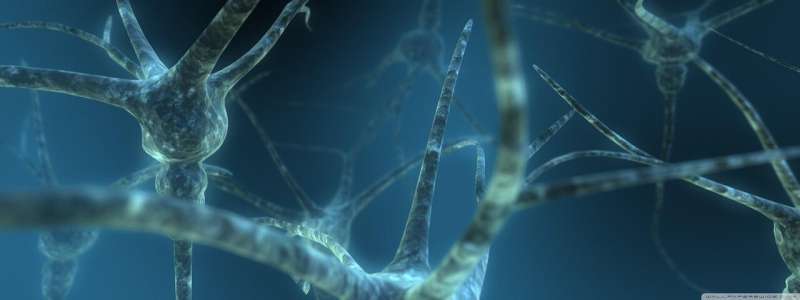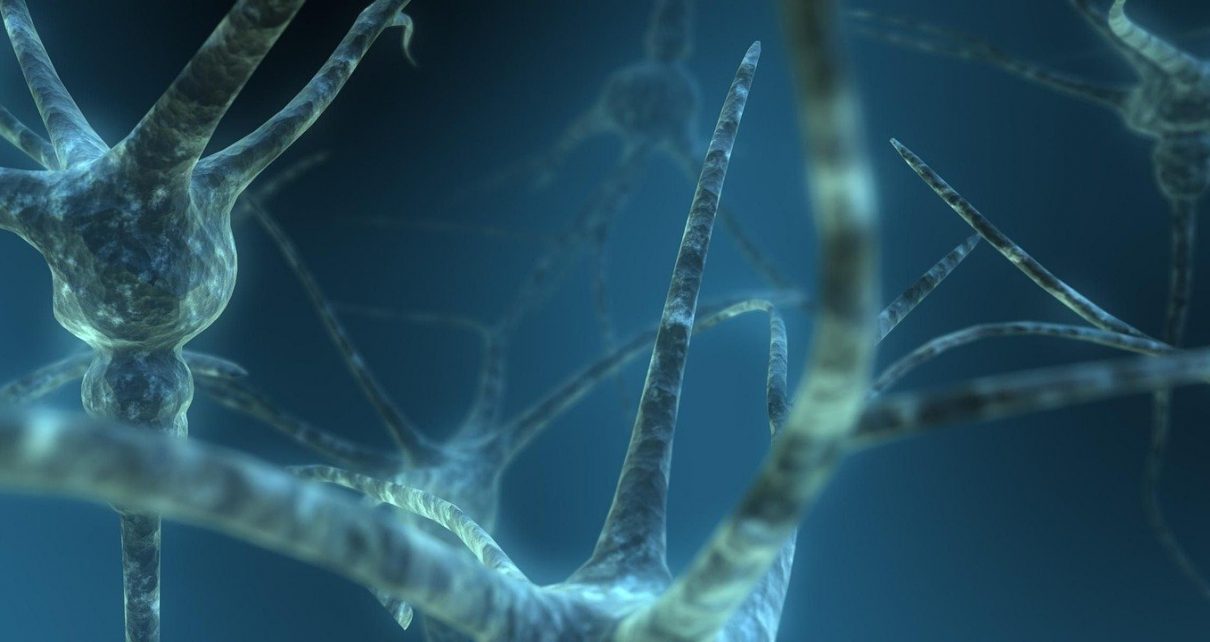
When exploring a new environment, mice make use of a unique long-distance connection in the brain that prompts them to pay attention to the most salient features of the environment, according to new research from UC San Francisco. The link, originating in the prefrontal cortex and stretching to the hippocampus, provides evidence of how the brain’s higher cognitive regions refine operations occurring in distant brain areas.
“This circuit is a gateway to understanding how the brain allows the prefrontal cortex to exert top-down regulation of other parts of the brain,” said Vikaas Sohal, MD, Ph.D., senior author on the study, published April 28, 2022, in Cell. “It’s a type of long-range, inhibitory pathway connecting two brain regions that hasn’t been seen before.”
The prefrontal cortex (PFC), sometimes thought of as the “CEO of the brain,” controls executive functions like attention, planning and decision making. The hippocampus stores memory and processes spatial information, helping us to navigate the environment.
The newly discovered circuit facilitates the ability to focus attention on what’s important in the environment and ignore other sensory stimuli, said the study’s lead author, Ruchi Malik, Ph.D.
“It’s as if the PFC is taking in all of this sensory information and saying ‘Hey, hippocampus, we’re here in this particular context, so pay attention to this particular information right now,'” Malik said.
She gives the example of a parking lot as a context in which the PFC exerts that kind of top-down control over the hippocampus. “To remember where you parked, the PFC would tell the hippocampus to selectively pay attention to landmarks, and then recall and seek out those landmarks when you return,” said Malik.
Fine-tuning attention by inhibiting neurons
Most unique about this circuit is the complex way that it accomplishes the task of focusing attention: it heightens and focuses activity in specific microcircuits of the hippocampus by turning off signals that would otherwise tamp down those microcircuits. The result is a very clear signal from the PFC telling the hippocampus what to attend to, and an extremely deft means of fine-tuning that message as surroundings change.
The team showed this by putting mice into a small arena for 10 minutes, where there were a few small objects. While exploring the arena, the mice would inspect the objects for a minute or two, and then move on. By looking at activity in the brains of the mice, the researchers saw that the signals between the two brain regions synchronized.
When a mouse passed that object again, the researchers could see that the signals within the hippocampus were refined and enhanced.
“There was this dialogue happening; the hippocampus was mapping the locations of objects in space and the PFC was instructing the hippocampus on the relevance of each location,” said Malik.
The team also found that data indicated which neurons were firing at a given time and identify where the mouse was at that moment, confirming that brain activity changes as the mouse approaches or investigates an object that the PFC has deemed important.
This suggests that as the hippocampus is mapping the environment, it is also becoming fine-tuned to produce certain patterns of neural activity when the prefrontal cortex detects that the mouse is approaching an important target such as a new object.
Dysfunction of brain circuit may be linked to dementia, ADHD
The team would like to get a better sense of the role this circuit might play in executive function, and what the consequences are when it’s not able to do its job effectively. Malik believes that dysfunction in this pathway may underlie cognitive issues related to attention or memory, such as dementia, ADHD or psychiatric disorders.
Their next move toward that goal is to get a sense of how this circuit impacts behavior by looking at how it functions during more complex activities, like using information stored in working memory to decide which path to follow to find a reward.
Malik thinks it’s likely that this connection from the higher-order, cognitive part of the brain to the more ancient and universal wayfinding center may exert broad influence.
Source: Read Full Article



